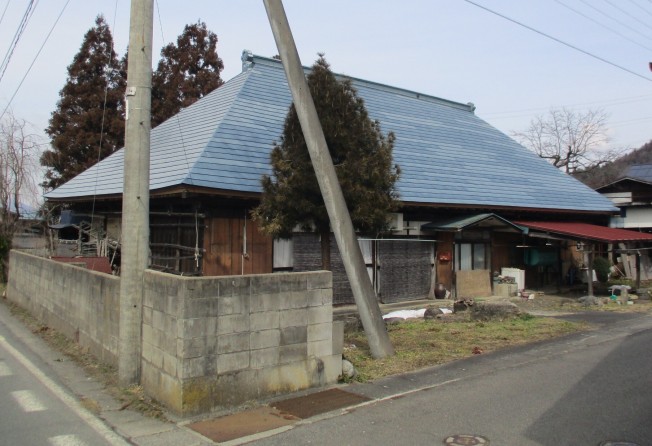Japan’s invisible problem: enough empty homes to house Hong Kong and no known owners
- In Japan, ownership of an area of land the size of Taiwan is a mystery, and it’s causing problems for disaster relief programmes
- Falling land values, tax quirks and patchy registration have left 3.5 million unoccupied residences, and an ageing population will make things worse

At the dizzy heights of Japan’s bubble economy, the land around the Imperial Palace in Tokyo was estimated to be worth more than all the real estate in California. In a reverse unthinkable in those heady days, there are now millions of hectares and millions of houses in Japan for which ownership cannot be established, are sitting empty, or even deliberately unclaimed by those who have inherited them.
The combination of a shrinking population, falling land values, patchy registration records and a tax system ill-suited to the current situation has left ownership unclear on an estimated 4.1 million hectares, an area larger than Taiwan. There are also approximately 3.5 million unoccupied residences – more than the entire housing stock of Hong Kong – that are not up for sale, rent or development. Although the government and non-profit organisations (NPOs) are working to address this, Japan’s skewed demographics mean it is set to only get worse in the coming decades.
Print option is available for subscribers only.
SUBSCRIBE NOW